Spanish Synagogue
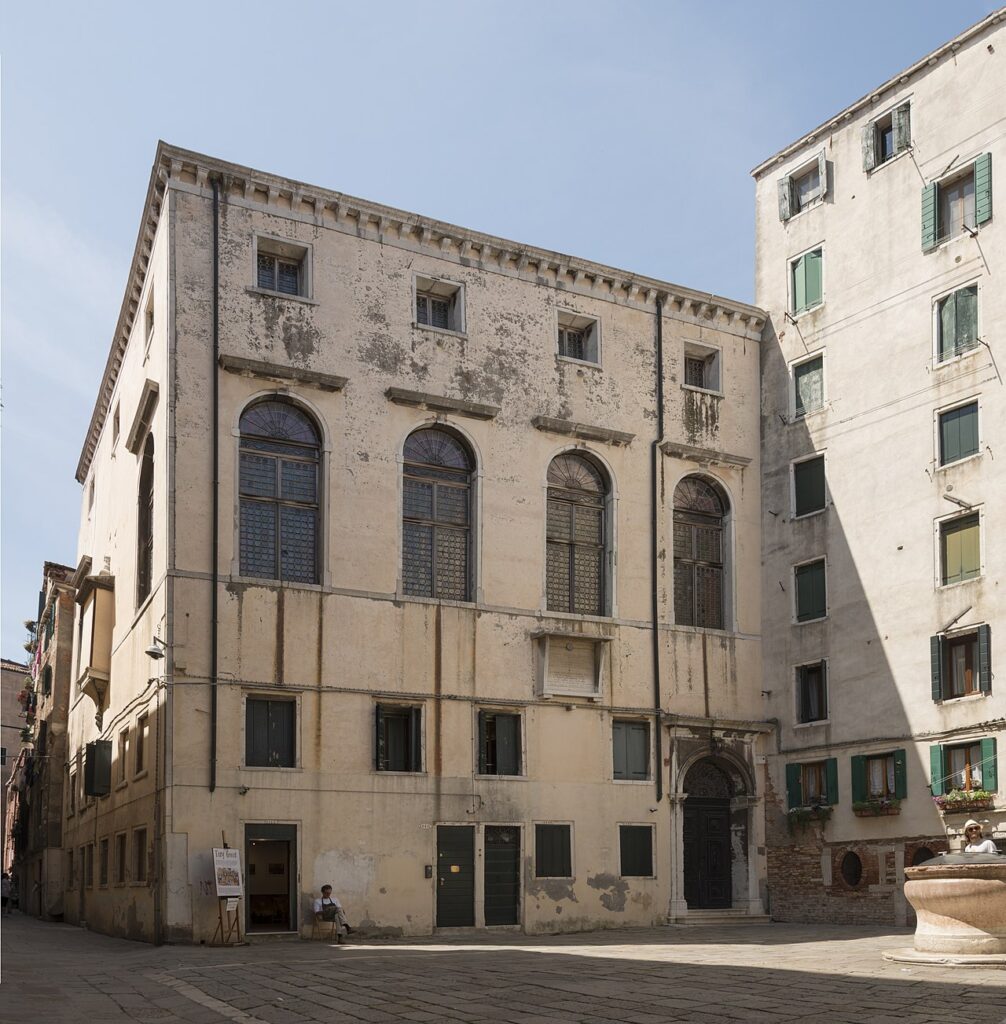
The Spanish Synagogue, or Scola Ponentina, is one of the five historic synagogues located in the Jewish Ghetto of Venice, specifically in the Campiello delle Scole. Founded in 1581 by the Sephardic community of Spanish and Portuguese origin, expelled from Spain in 1492, it is the largest of the Venetian synagogues and one of the […]
Italian Synagogue
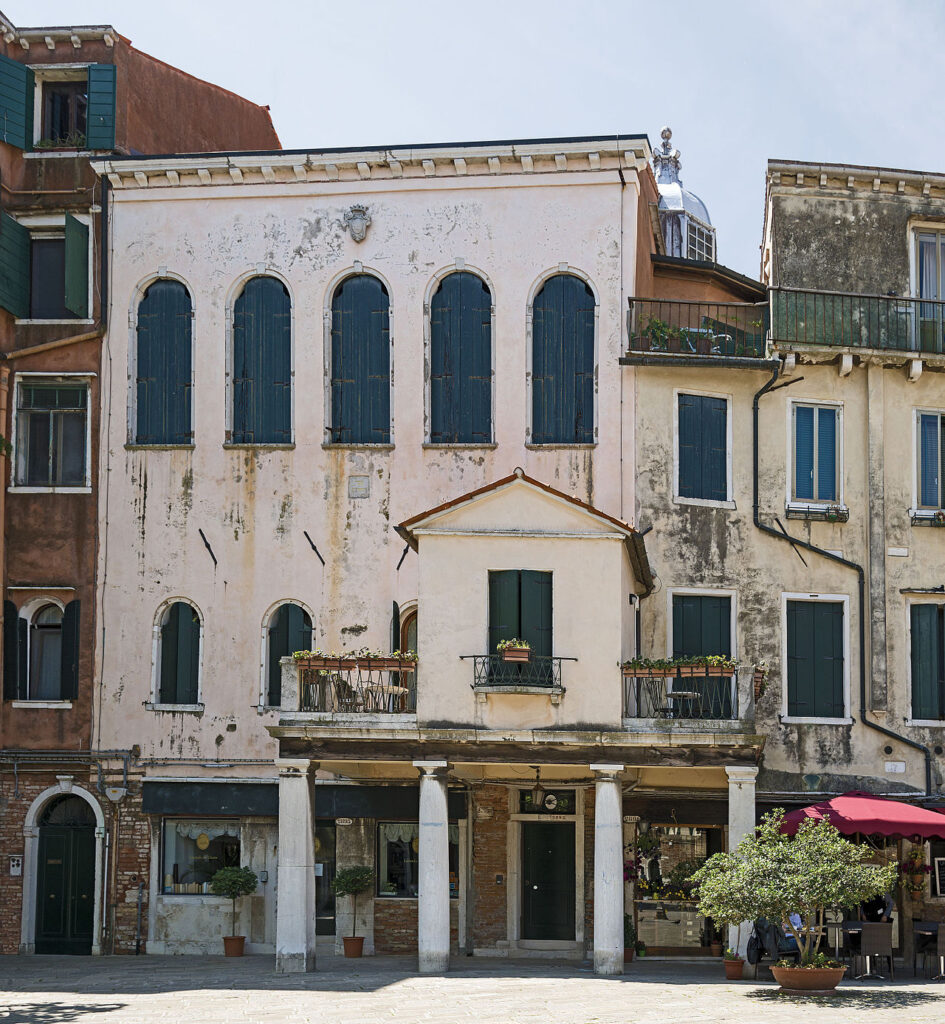
The Italian Synagogue, located in the heart of the Ghetto Nuovo in Venice, is a fascinating example of religious architecture and cultural history. Built in 1575 by Italian Jews, known as “Italkim”, it represents one of the most significant testimonies of the Jewish presence in the Serenissima. Externally, the synagogue has a modest facade, in […]
Great German Synagogue
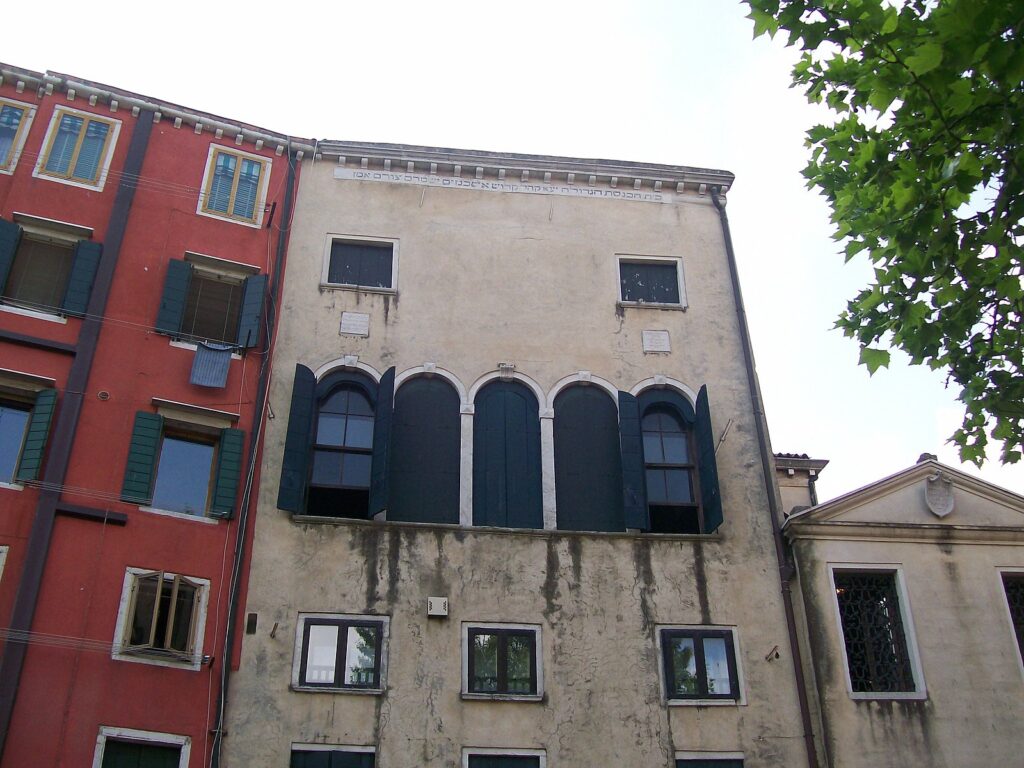
The Great German Synagogue, located in the New Ghetto of Venice, is one of the oldest and most significant synagogues in the city. Founded in 1528 by the Ashkenazi Jewish community, it represents a precious testimony to the historical and cultural importance of German Jews in Venice. The architecture of the synagogue reflects the stylistic […]
Palazzo Labia
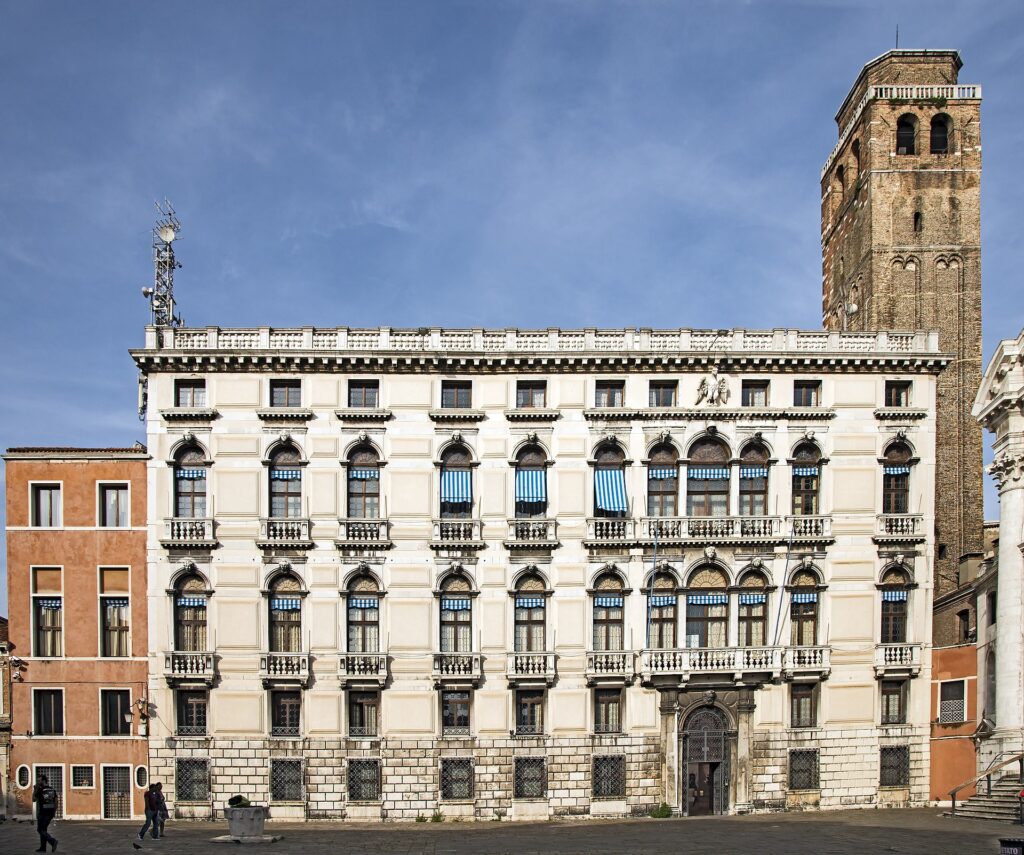
Palazzo Labia, located in the Cannaregio district of Venice, is a majestic example of Baroque architecture, known not only for its grandeur but also for the extraordinary frescoes by Giambattista Tiepolo that adorn its interiors. Built between the late 17th and early 18th centuries, the palace represents the pinnacle of the splendor and luxury of […]
Church of Santa Maria dei Miracoli
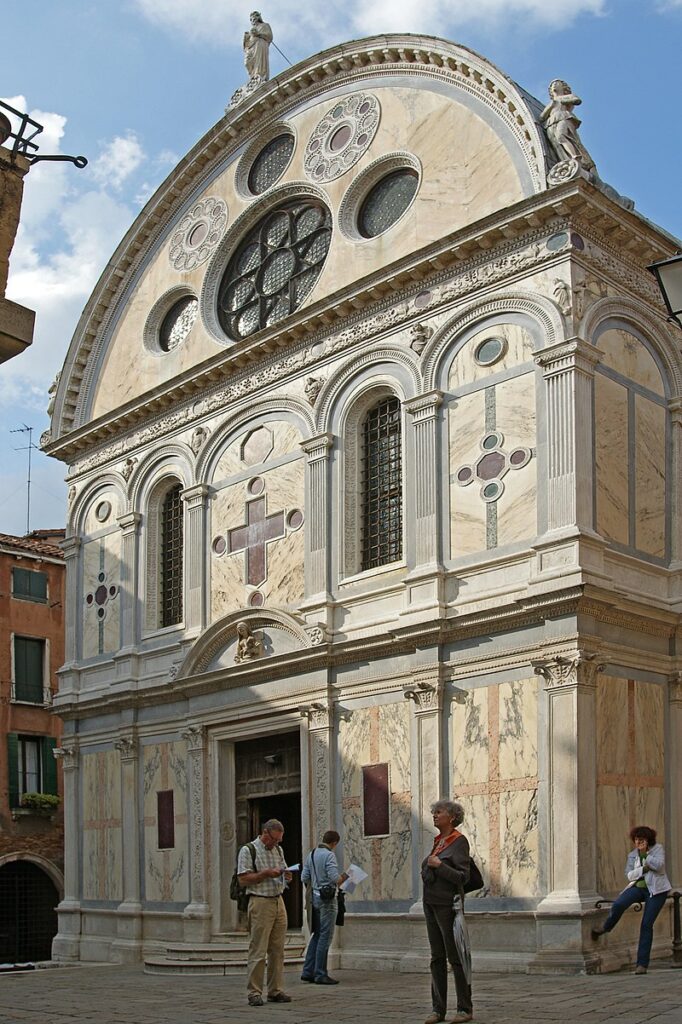
The Church of Santa Maria dei Miracoli, located in the Cannaregio district in Venice, is one of the most refined examples of Venetian Renaissance architecture. This architectural gem, known for its elegance and harmony, was built between 1481 and 1489 according to the design of Pietro Lombardo, one of the most illustrious architects and sculptors […]
Golden House

The Ca’ d’Oro, located in the Cannaregio district of Venice, is one of the most fascinating and representative palaces of Venetian Gothic architecture. Built between 1421 and 1440 at the behest of the merchant Marino Contarini, the Ca’ d’Oro owes its name to the sumptuous gold leaf coverings that once adorned its facade, giving it […]

